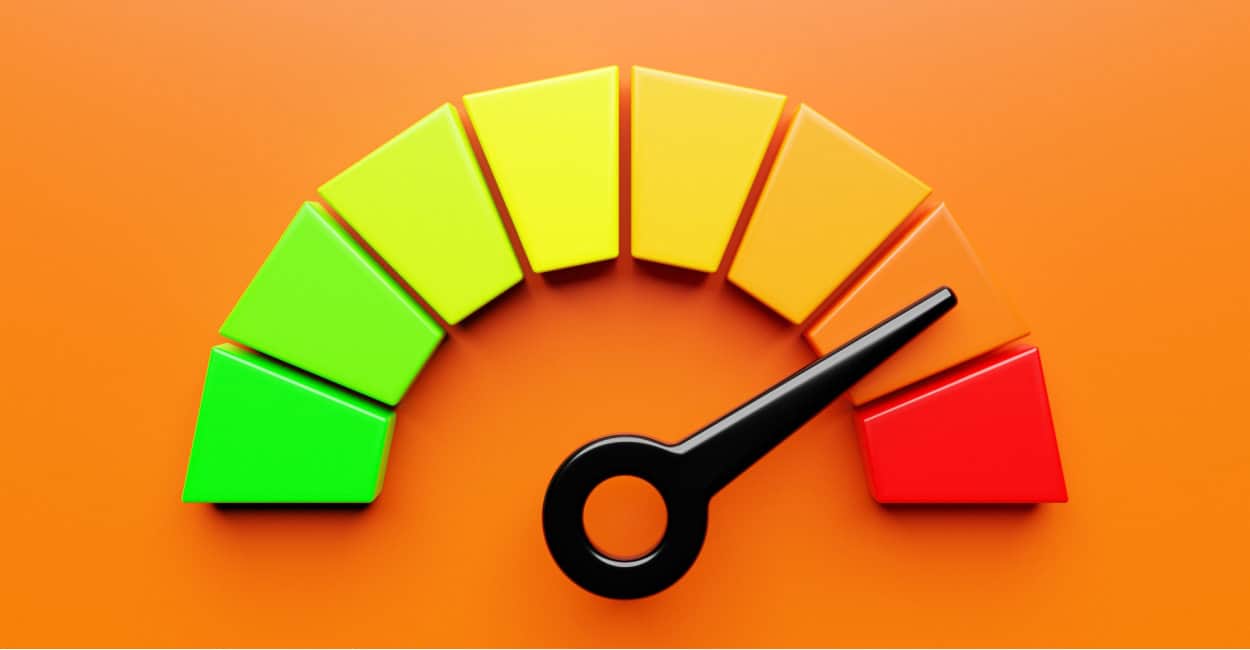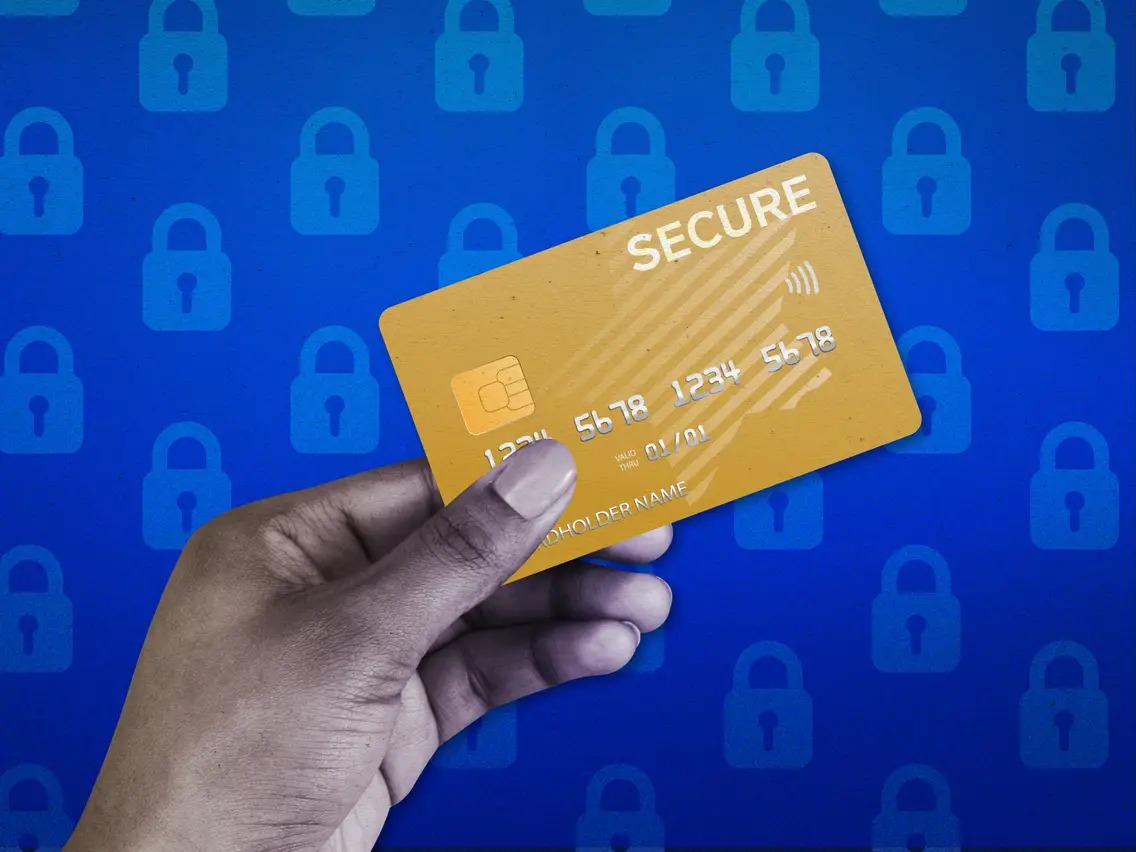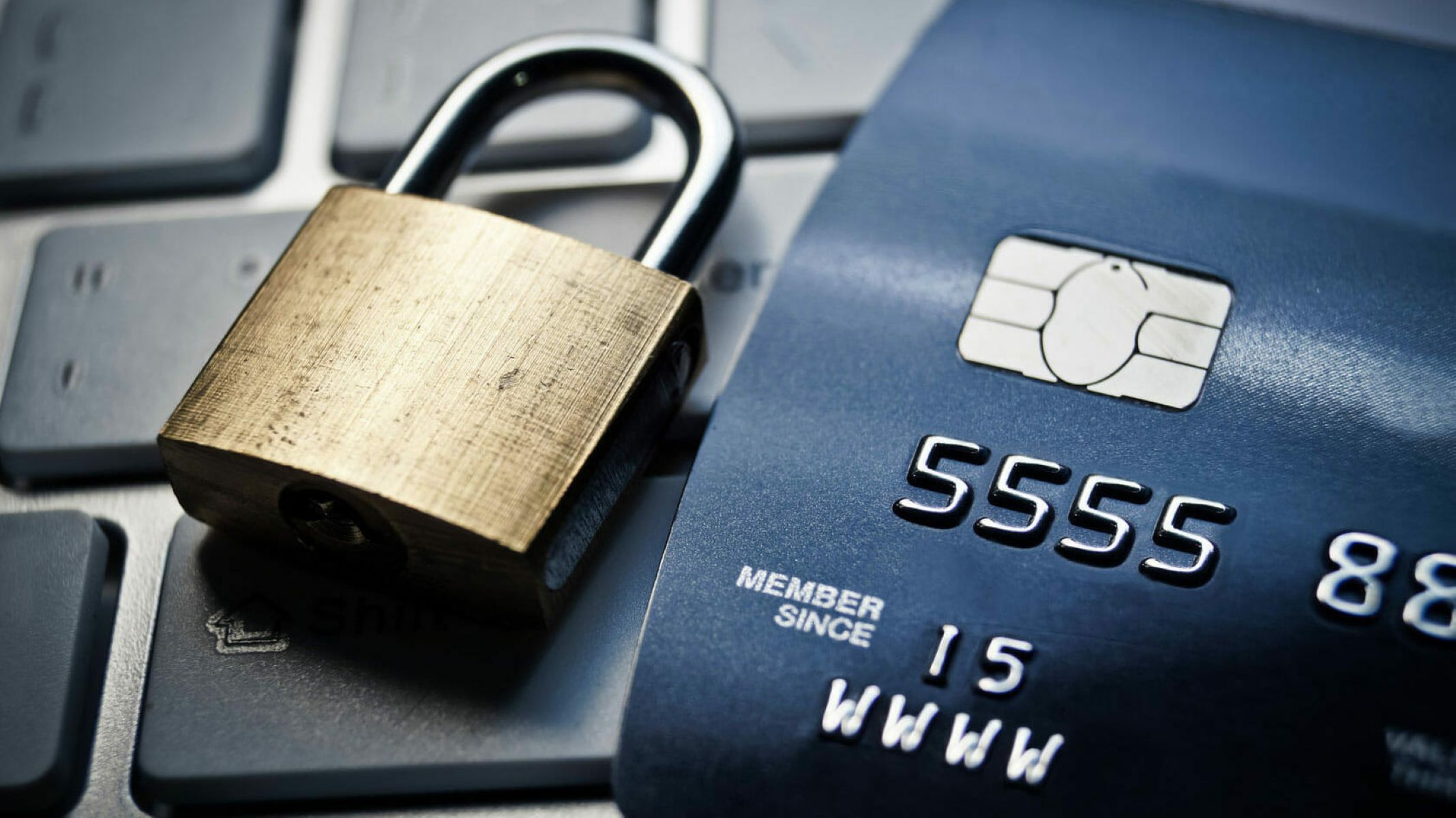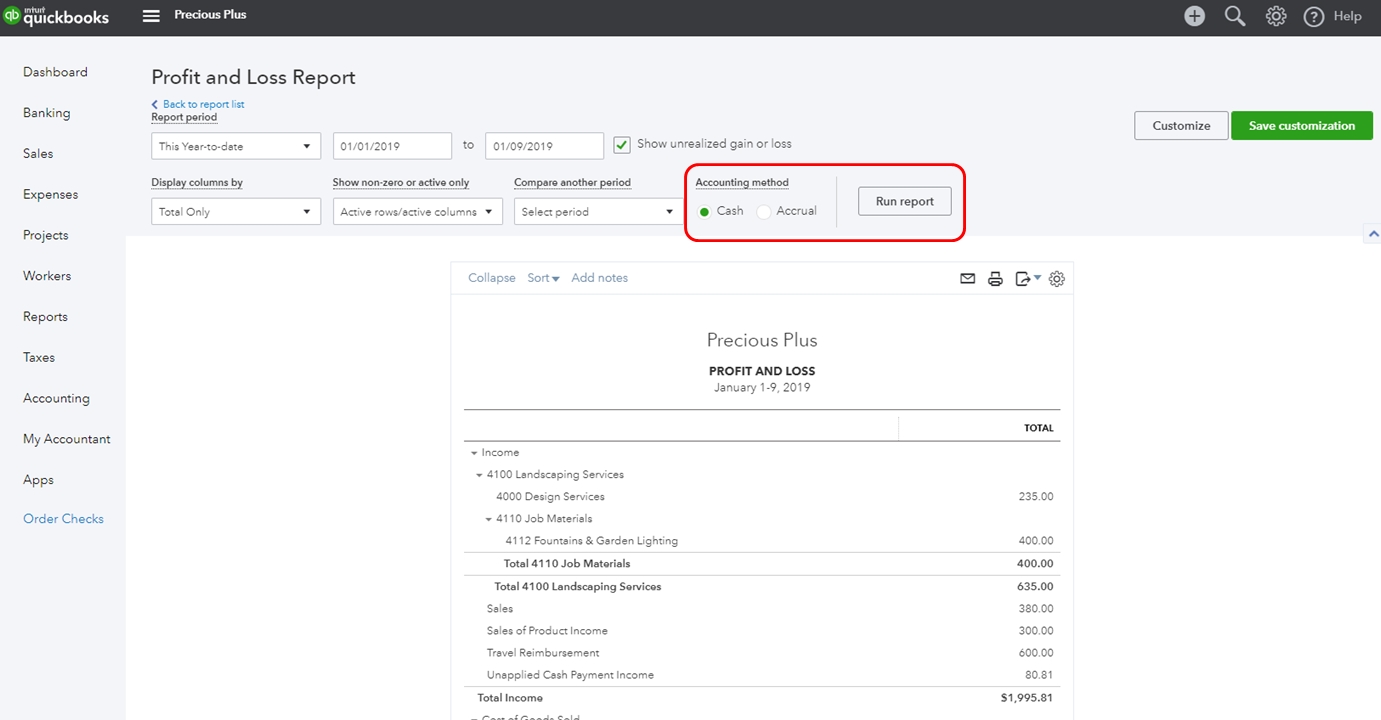Home>Finance>What Is The Highest Limit On A Secured Card Goes To


Finance
What Is The Highest Limit On A Secured Card Goes To
Published: March 1, 2024
Learn about the highest limit on a secured card and how it can benefit your finances. Find out more about secured card limits and their impact.
(Many of the links in this article redirect to a specific reviewed product. Your purchase of these products through affiliate links helps to generate commission for LiveWell, at no extra cost. Learn more)
Table of Contents
**
Introduction
**
Secured credit cards are a valuable financial tool for individuals looking to build or rebuild their credit history. They function similarly to traditional credit cards but require a security deposit, which often determines the card's credit limit. This article will delve into the specifics of secured credit cards, explore the factors influencing their limits, and shed light on how individuals can maximize their credit limits.
Understanding the nuances of secured credit cards is crucial for anyone seeking to establish or improve their credit profile. These cards offer a pathway to access credit while minimizing the risk for lenders. By providing a security deposit, cardholders demonstrate their commitment to responsible credit usage, making secured cards an accessible option for those with limited or damaged credit histories.
In the following sections, we will delve into the intricacies of secured credit cards, including the factors that influence their credit limits, the highest limits available, and strategies for increasing these limits. By understanding these elements, individuals can make informed decisions about utilizing secured credit cards to bolster their financial standing.
Understanding Secured Credit Cards
Secured credit cards are a type of credit card that requires a cash deposit as collateral, which also determines the card’s credit limit. This deposit serves as a form of protection for the card issuer in case the cardholder defaults on payments. The deposit amount is typically equivalent to the credit limit, providing a sense of security for both the cardholder and the issuer.
These cards are particularly beneficial for individuals with limited or damaged credit histories, as they offer a means to establish or rebuild credit. By using a secured credit card responsibly, cardholders can demonstrate their ability to manage credit effectively, which can ultimately lead to improved credit scores.
Secured credit cards function much like traditional unsecured credit cards, allowing cardholders to make purchases, build a payment history, and potentially upgrade to an unsecured card in the future. However, it’s essential to note that while the security deposit reduces the risk for the card issuer, cardholders are still required to make regular payments on their balances.
Moreover, the responsible use of a secured credit card can pave the way for improved financial opportunities, such as qualifying for higher credit limits, lower interest rates, and better loan terms. Understanding the role of secured credit cards in the broader context of personal finance empowers individuals to make informed decisions about their credit management and long-term financial goals.
Factors Affecting the Limit on a Secured Card
The credit limit on a secured card is influenced by several key factors, each playing a significant role in determining the maximum amount of credit available to the cardholder. Understanding these factors is essential for individuals seeking to obtain a secured credit card and manage their credit limits effectively.
- Security Deposit: The initial security deposit made when opening a secured credit card account is a primary determinant of the credit limit. Typically, the deposit amount correlates directly with the approved credit limit, providing a clear understanding of the maximum spending capacity.
- Credit History: While secured credit cards are designed for individuals with limited or damaged credit histories, the card issuer may still consider the applicant’s credit background when determining the credit limit. A more positive credit history could potentially lead to a higher credit limit.
- Income and Affordability: Card issuers may evaluate the applicant’s income and overall financial stability to assess their ability to manage a higher credit limit. A steady income and responsible financial behavior can positively impact the approved credit limit.
- Issuer Policies: Each card issuer may have specific policies and criteria for setting credit limits on secured cards. These policies can vary widely, influencing the maximum credit available to cardholders.
- Account Management: After obtaining a secured credit card, how the cardholder manages their account, including making timely payments and maintaining a low credit utilization ratio, can influence the potential for a credit limit increase in the future.
By considering these factors, individuals can gain insight into the dynamics that determine the credit limits on secured cards. Moreover, this understanding enables cardholders to make informed decisions when applying for, managing, and potentially increasing the credit limits on their secured credit cards.
The Highest Limit on a Secured Card
Secured credit cards typically have varying credit limits, with the highest limit contingent on several factors. While the specific maximum limit may fluctuate based on individual circumstances and card issuers, it’s essential to understand the potential range of credit limits available for secured cards.
Generally, the highest limit on a secured card is determined by the security deposit provided by the cardholder. The deposit amount often serves as the benchmark for the credit limit, with many card issuers offering credit limits equal to or slightly higher than the deposited amount. However, it’s important to note that the highest limit achievable on a secured card may differ among different financial institutions and card products.
Card issuers may also consider the applicant’s income, credit history, and overall financial stability when determining the maximum credit limit. Individuals with stronger financial profiles and higher incomes may be eligible for higher credit limits, even with secured cards. Additionally, some card issuers may have specific secured card products designed to accommodate individuals seeking higher credit limits, offering tailored options based on financial qualifications.
While the highest limit on a secured card may vary, it’s crucial for individuals to assess their financial circumstances and credit goals when applying for a secured credit card. By understanding the factors that influence credit limits and researching card options, individuals can identify secured card products that align with their credit needs and potential for obtaining higher credit limits.
Furthermore, individuals should leverage secured credit cards as a stepping stone toward building a positive credit history, which can ultimately lead to opportunities for increased credit limits and upgraded financial products in the future. Responsible credit usage and diligent account management can position cardholders to maximize the benefits of secured cards while working towards improved credit standing and access to higher credit limits.
How to Increase the Limit on a Secured Card
Increasing the credit limit on a secured card can significantly enhance a cardholder’s financial flexibility and credit utilization. By demonstrating responsible credit management and financial stability, individuals can pursue opportunities to elevate their secured card’s credit limit. Here are actionable strategies to consider when aiming to increase the limit on a secured card:
- Consistent Payment History: Making timely payments on the secured card demonstrates responsible financial behavior and can positively influence the card issuer’s decision to consider a credit limit increase.
- Low Credit Utilization: Maintaining a low credit utilization ratio, which reflects the amount of available credit being utilized, can signal responsible credit usage and may contribute to a favorable review for a limit increase.
- Income and Employment Stability: Card issuers may evaluate the cardholder’s income and employment stability when assessing the potential for a credit limit increase. A steady income and positive employment history can bolster the case for a higher limit.
- Reviewing and Updating Information: Periodically reviewing and updating personal and financial information with the card issuer can ensure that the most accurate and favorable details are considered in potential credit limit increase evaluations.
- Requesting a Limit Increase: Some secured card issuers may allow cardholders to request a credit limit increase after a period of responsible card usage. Submitting a formal request, supported by evidence of responsible credit management, can initiate a review process for a higher limit.
It’s important to note that while these strategies can enhance the likelihood of securing a credit limit increase, individual card issuers may have specific policies and criteria for evaluating such requests. Therefore, cardholders should familiarize themselves with their issuer’s guidelines and engage in proactive communication to understand the process and requirements for increasing their secured card’s credit limit.
By implementing these strategies and maintaining a disciplined approach to credit management, individuals can position themselves for potential credit limit increases on their secured cards. These increases can provide greater financial flexibility and contribute to the ongoing improvement of their credit profiles.
Conclusion
Secured credit cards serve as a valuable tool for individuals looking to establish or rebuild their credit histories. Understanding the intricacies of secured cards, including the factors influencing credit limits and strategies for increasing these limits, empowers individuals to make informed decisions about their financial well-being.
By recognizing the fundamental role of the security deposit, credit history, and income in determining credit limits, individuals can approach the secured card application process with clarity and purpose. Moreover, the potential for increasing credit limits on secured cards underscores the importance of responsible credit management and financial stability.
As individuals embark on their journey with secured credit cards, they should leverage these financial instruments as stepping stones toward enhanced creditworthiness and improved financial opportunities. Consistent and disciplined account management, including timely payments and prudent credit utilization, can pave the way for potential credit limit increases and, ultimately, the transition to unsecured credit products.
Ultimately, the highest limit on a secured card is influenced by various factors, and individuals should explore card options that align with their financial goals and potential for obtaining higher credit limits. By adopting proactive strategies and maintaining open communication with card issuers, individuals can position themselves for credit limit increases, amplifying the benefits of secured cards in their credit-building journey.
Secured credit cards not only offer access to credit but also provide a platform for individuals to demonstrate their financial responsibility and commitment to long-term credit management. Through informed decision-making and diligent account management, individuals can maximize the advantages of secured cards, paving the way for a stronger credit foundation and expanded financial opportunities.














